Air conditioning circulating pump capacity, number of units, the choice of the best pump operating point and technical and economic analysis to discuss how to choose the pump to ensure that the air-conditioning system is running well and reduce power consumption. Keywords circulating pump power consumption circulation resistance hydraulic balance value engineering 1 circulating pump capacity is too large Circulating pump capacity is too large in our country is a common problem, its capacity is often 2-4 times the actual needs, resulting in project investment and A serious waste of operating costs. The main reasons are as follows: 1.1 Design cooling load is too large Design cooling load is the main basis for the selection of equipment, so the correct calculation of building cooling load on the entire air conditioning system design is very important. At present, the calculation method of air conditioning load provided in textbooks and design manuals is not only calculating the wall load of the envelope, but also the load of windows and doors, and the calculation result is for a specific room. However, the capacity of air conditioning system equipment is determined by the cooling load of the entire building. Due to the different orientation, location, use function and heat source of each room in the building, the time that the maximum cooling load in each room often appears is not the same. Therefore, the maximum building cooling load should be the maximum value of the hourly load stack per room. According to the survey, some designers in our country simply calculate the maximum cooling load of each room when calculating the cooling load of the building, resulting in the calculation result far exceeding the actual required load. Therefore, we must pay enough attention to this to make the design load more reasonable and correct. 1.2 system cycle resistance is too large In the calculation of system resistance to circulation, due to lack of experience of designers, making some of the calculation parameters are too conservative, resulting in the calculated value of the circulation resistance is too large, what is more, in the construction design phase estimation method to determine Circulation resistance, resulting in the calculation of circulating resistance more than double the actual value. 1.3 System static pressure problem Air conditioning system is full of water to run, pump inlet and outlet to withstand the same hydrostatic pressure. Therefore, the head of the selected pump can only overcome the pipeline system resistance. However, some designers consider the hydrostatic pressure within this circulation resistance, which of course increases the capacity of the circulating water pump. 1.4 System Hydraulic Balance As the design does not seriously carry out the system of hydraulic balance calculation, after the completion of the project did not complete the required commissioning, often resulting in system hydraulic imbalance, the phenomenon of uneven heating system. Some technicians mistakenly believe that the cause of this phenomenon is that the circulating pump capacity is too small, the result is simply to increase the pump to solve it, naturally, the pump capacity increases. 2 pump characteristic curve and the best working point 2.1 The pump flow - lift characteristic curve The picture below is related to this topic: The pump flow - lift characteristic curve generally has three types: flat type, steep drop type, hump type Shown). Pumps for air-conditioning water circulation system should have flat features, the zero flow and the maximum flow between the lift change range should not exceed 10% -15%; steep drop characteristics of the pump due to its maximum flow and minimum flow between the lift too Large, so it should not be used; hump characteristics of the pump can not be used because of the parallel operation of the two pumps may cause load and lift cycle changes, and when the frequency of this change is equal to the natural frequency of the system will produce dangerous " Oscillation phenomenon ", and this phenomenon will have some impact on the normal operation of the system. 2.2 The best working point Related pictures of this topic are as follows: As shown in Figure 2.2: The best working point of the circulating pump is the intersection of the pump characteristic curve and the system pipe network characteristic curve. However, due to various reasons, the actual flow of the system is always greater than the designed calculated flow rate. As a result, the designed pump operating point is shifted to the right along the pump characteristic curve (as shown in Figure 2.2B point). When the working point of the pump is shifted to the right, the lift produced by the circulating pump is reduced, which is extremely unfavorable to the normal operation of the system. In particular, the most unfavorable loop in the system will further reduce the flow of the loop and affect the normal Use function There are mainly two reasons for the shift to the right of the work point. The first is that the hydraulic calculation in the design adopts an excessive safety factor and an unrealistic pressure drop calculation method. The second is that the designed system does not perform serious hydraulic balance calculation. After construction, Have not been rigorous system debugging. Therefore, in order to make the system run according to the design conditions, in addition to the relevant calculations should be carefully and carefully, but also in the selection of the pump when the pump operating point at the left side of the optimal choice of the appropriate location to prevent the pump actual working point Beyond a certain range in uneconomical operating conditions, affecting the normal operation of the system. 3 Circulating water pump technical and economic analysis 3.1 The number of circulating water pump selection "Heating Ventilation and Air Conditioning Design Code" (GBJ19-87, 2001 edition) Article 6.1.11: cold water pump (primary pump) of the number and flow should be The number of refrigerators and the corresponding traffic under the design conditions. Secondary pump settings should be based on the size of the cold water system, the pressure difference between the parallel loop of the degree of difference, conditions of use and regulatory requirements through technical and economic comparison. However, in practical work, designers often fail to conduct a comprehensive technical and economic analysis on the comprehensive disposition of various equipments of the air-conditioning system. As a result, the initial investment of the project and the waste of resources such as the "Malaysian car" are caused. To avoid this phenomenon, the majority of designers in the program design stage should be based on the use of features, peak load time, system characteristics and other conditions, for air-conditioning systems, chillers, circulating pumps, cooling towers and other equipment comprehensive configuration full Technical and economic analysis, with a view to meet the use of functional under the premise of reducing project cost and operating costs. 3.2 Engineering life cycle costs I believe that in the circulating water pumps, chillers and other equipment, technical and economic analysis should introduce a concept - engineering life cycle costs. The life cycle cost of a project is the expenses incurred in the process of engineering design, development, construction, use, maintenance and scrapping, that is, the design fee, construction fee, construction fee, maintenance fee and other expenses incurred by the project during its definite life cycle or within the scheduled validity period. Operation and maintenance costs, the sum of scrap recovery fees. Life-cycle costs are also very different for different projects and different project phases (as shown in Figure 3.1). Often, operating and maintenance costs are often greater than the one-time investment in project construction. Therefore, during the technical and economic analysis, it should be made clear that the cost of life cycle includes the cost items, the content and scope of each fee, and their interrelationship in the cost constitutional system, which is very important for our technical and economic comparison. 3.3 Value Engineering Value engineering is a management technique that aims to improve the value of a product or a job by seeking organizedly creative work to reliably achieve the desired function of the user with the lowest life-cycle cost, as expressed in Equation 3.3.1 . V = F / C & nbsp
Greenhouse LED Grow Lights
Professional dedicated to Research,Development,Design,Manufacture of Innovative,Intelligent control and high efficiency Greenhouse LED Grow Lights for modern agriculture,greenhouse,hydroponics, etc.
Features
Deep penetration :Good lighting penetration,can penetrate to the deep of the plants
Modular Internal Build: Fully upgradable,easy warranties
Thermal Management:Custom copper core heatsinks quickly dissipates heat for cool operating temperatures
Powerful: 2nd Generation ultra penetration 5W LEDs light deep into the canopy
Versatile: Power cord available in 85~265V and international plugs
Lighter weight: Much lighter than the same products in the marketplace, safer for hanging .
Plants: Suitable for both vegetative phrase and flowering phrase
Advtanges:
Upgraded Epistar chips,High Lumen,High penetration.
Zener Diode protection Each LED,one LED Out,other LEDs still work.
High quality material,Listed Certification Wires,Heatproof Tube,Zero-Risk to catch fire.
Efficient Full spectrum Special rations of Blue,Red and White for both blooming &fruiting stages.
Adopting isolated power supply,safe&easy to maintain&long life time.
Aluminum heat-conducting plate+high quality brand fans,efficient heat dissipation.
IR LED involved,it is not as bright as other leds,But promote the yield.
Plug with listed certificate safe to use.
Item Display
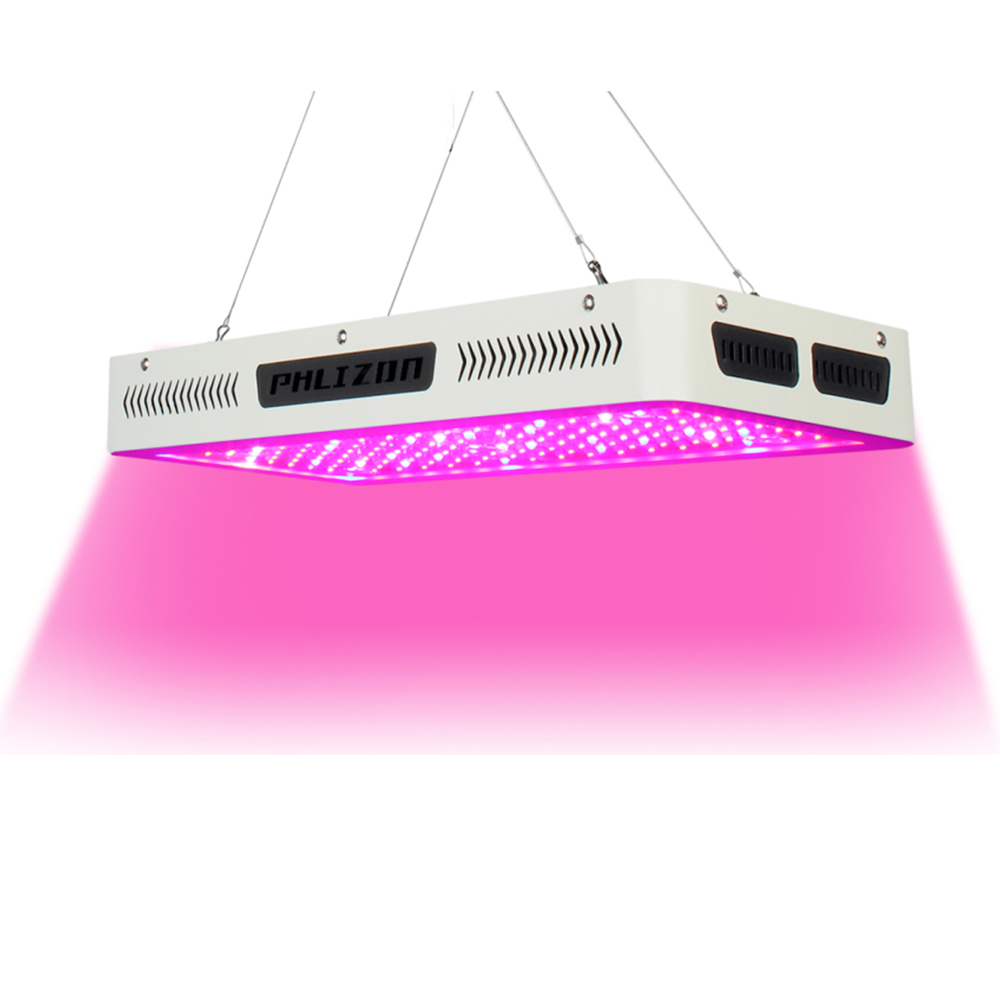
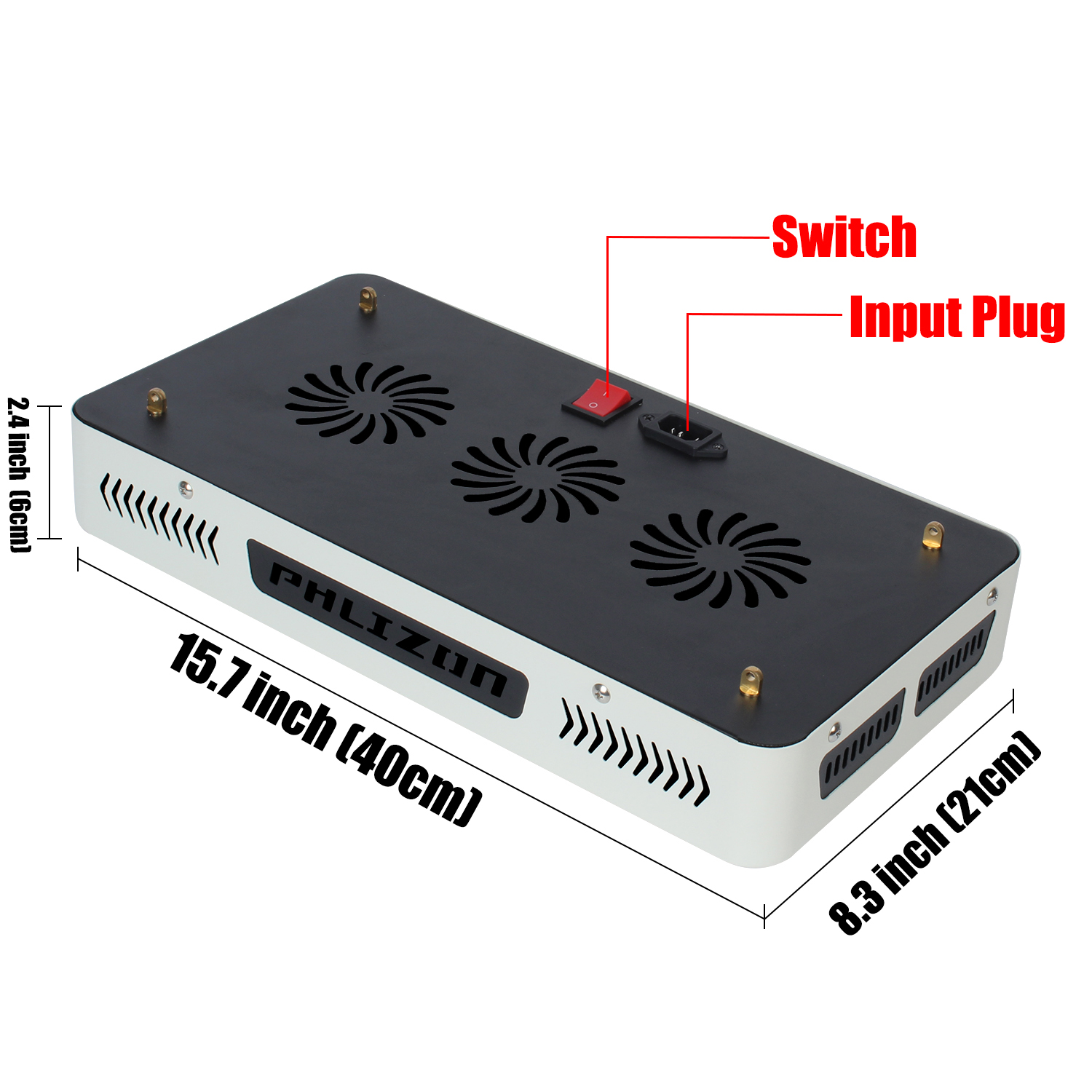
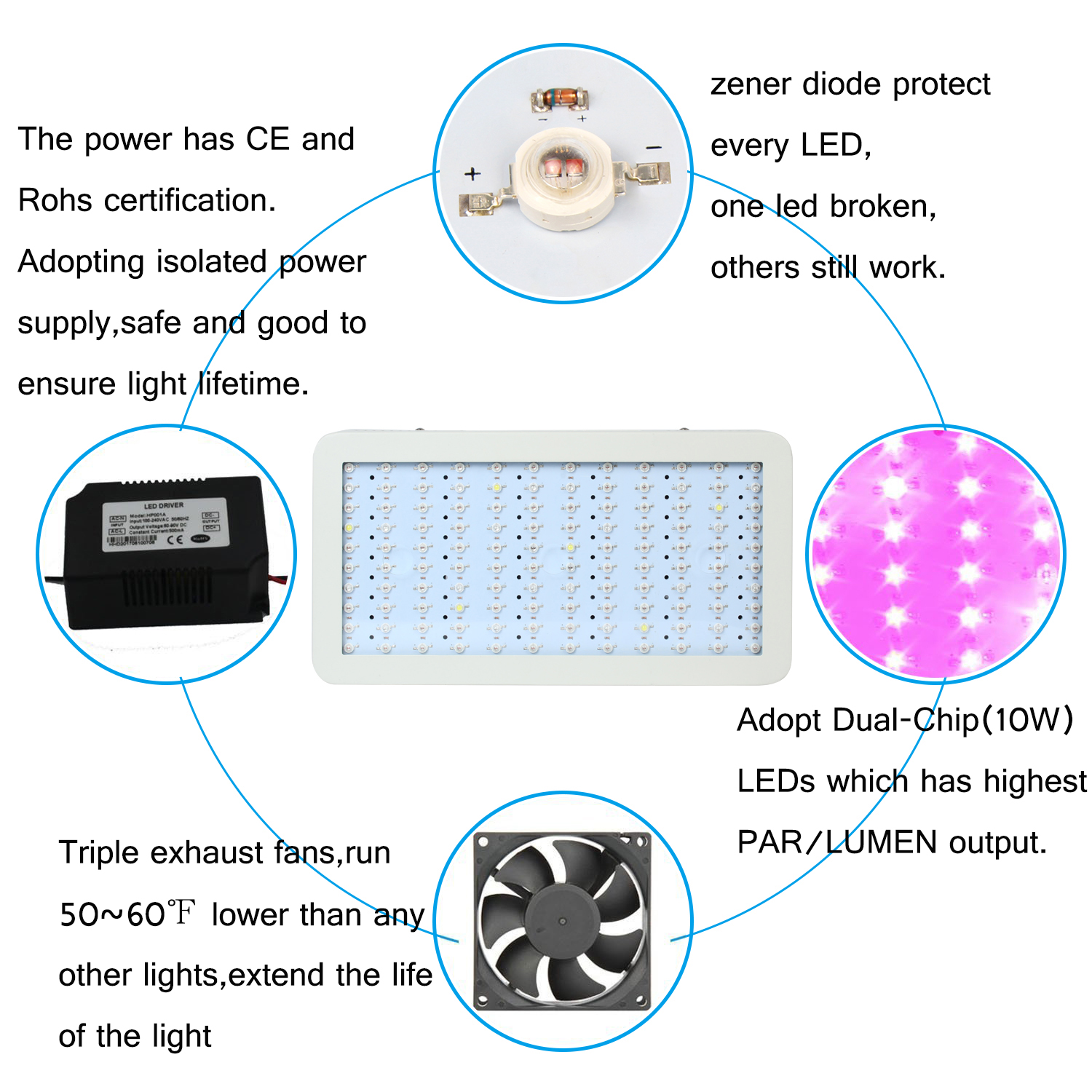
Full Spectrum LED Grow Light and High PAR for Greenhouse lighting
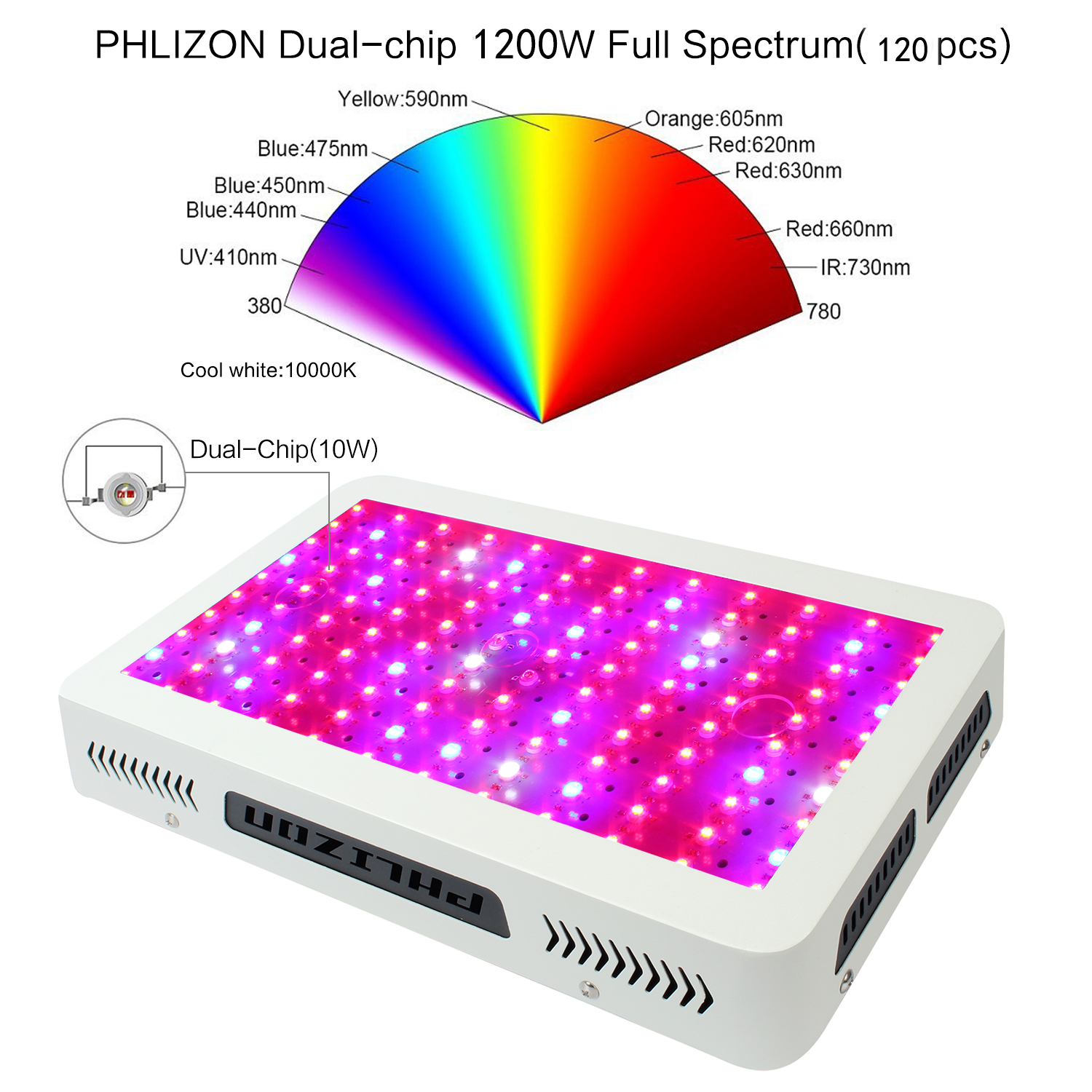
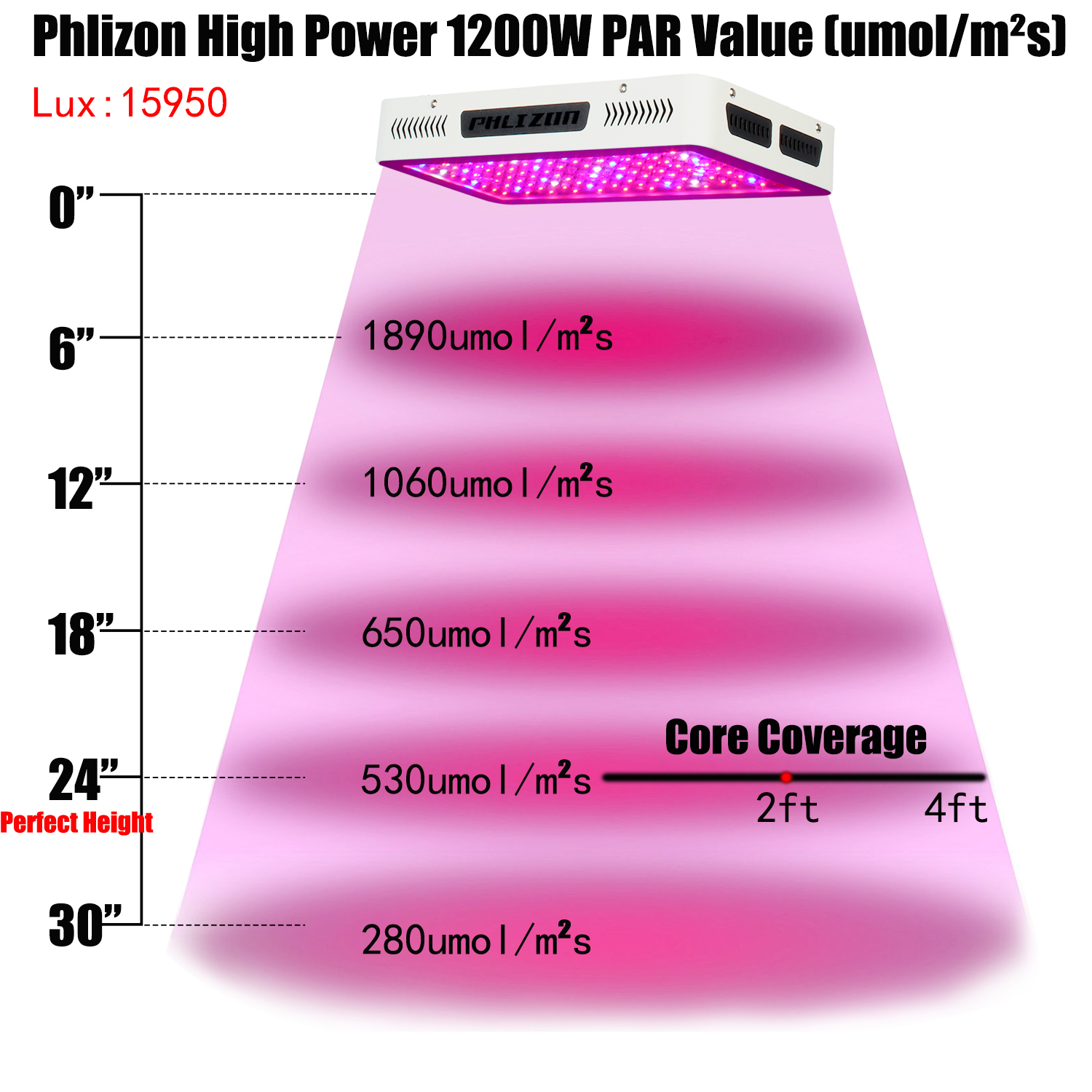
The Plug of LED Grow Lights you can use

Application:
Ideal for all phases of plant growth, and works well with water solution culture and soil culture.Can be used in house garden,pot culture,sowing, breeding farm,flower exhibition,bonsai garden,green house,sowing farm,greenhouse cultivation,water soluble breeding, pipeline cultivation and so on.
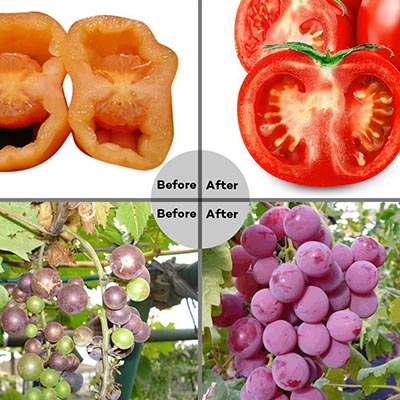
Quality Control systems and after-sales
Package
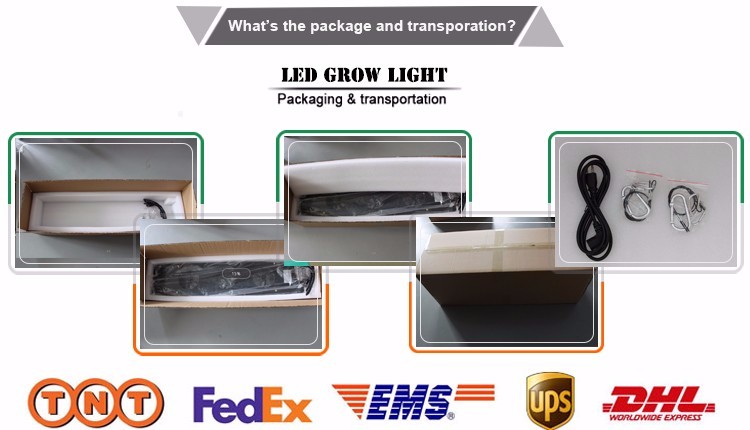
Why Choose Us
1. 10 years Led grow light manufacturer with professional experience in production.
2. Cooperated with customers in a long-term business relaltionship and our mission is to acheive win-win.
3. Products are strictly checked by QC department before delivery, and with CE, RoHS, FCC PSE approval.
4. 3 years warranty policy,up to now,our product defective rate is under 0.2%.
5. 20000 kits every month to guarantee the best delivery time.
Cautions:
1.Do not use the lights in dripping water or anywhere where they will get wet, water and electricity can be a dangerous mixture
2. The working environment for the light is -20~40 degree celsius,45%RH~90%RH.
3. To protect the light, Plz cut off the power when there is a lightning strike.
4. Don`t touch or move when the light working.
Suggestions:
1.Clean the dust inside every 6 months to ensure the good heat dissipation and long life time.
2.Don`t keep too short distance to the plant canopy to avert leaves bleaching.
3. Highly hang the lamp will weaken the energy and affect the growth cycle of the plants, so the lamp should not be hang too high.
4. While taking care of the plants, please spray the leaves and branches 2-3 times everyday, to ensure the plants do not wrinkle a wither,and have no phenomenon of few fruit, and hard pericarp
Philizon is a company that makes it possible to produce fresh vegetables:
Where it is too hot or too cold,
Where there is too much or too little sunlight,
We create in a complete closed indoor environment the optimal conditions to grow.
Led Light Indoor Plants Growing,Led Grow Light Plants Growing,Led Grow Lighting For Greenhouse,Grow Lights For Greenhouse
Shenzhen Phlizon Technology Co.,Ltd. , https://www.philizon.com








